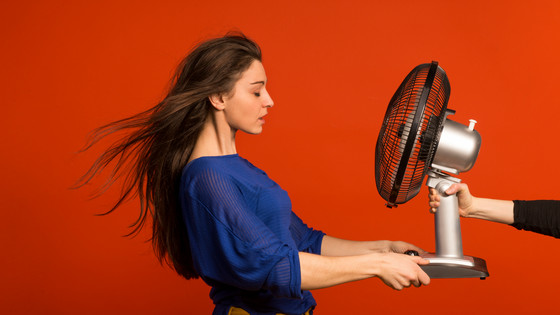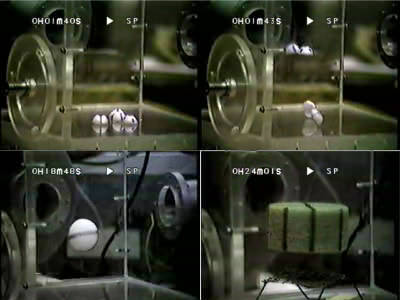Most air purifiers that claim to purify indoor air or prevent the spread of viruses have not been tested on humans.

The various 'air purification technologies' used in air purifiers claim to 'purify indoor air' and 'prevent the spread of viruses,' but in reality, most of these technologies have not been tested on humans, and their potential risks have not been fully elucidated.
Study Finds Gaps in Evidence for Air Cleaning Technologies Designed to Prevent Respiratory Infections
https://news.cuanschutz.edu/news-stories/study-finds-gaps-in-evidence-for-air-cleaning-technologies-designed-to-prevent-respiratory-infections
Researchers from the University of Colorado Anschutz Medical Campus and the National Institute for Occupational Safety and Health (NIOSH) analyzed nearly 700 studies conducted between 1929 and 2024 that looked at technological measures to reduce indoor airborne infection transmission, including HEPA filters, ultraviolet light devices, ionizers, and advanced ventilation systems.
The results showed that only 9% of studies looked at whether they reduced disease incidence in humans, and most of those studies focused on indirect measurements such as test tracer gases, dust particles, or harmless microorganisms, rather than viruses or bacteria.
'We were surprised that most of the studies were conducted in laboratory chambers rather than in real-world environments where people live, work, and go to school,' said study co-author Dr. Lisa Bello, professor of medicine at the University of Colorado School of Medicine. 'We need stronger research that looks at real-world outcomes, not just measuring airborne particles, but actually reducing exposure to pathogens and illness.'
'Many of these technologies are promising on paper, but we have no idea whether they will work in the real world,' said lead author Amiran Baduashvili, MD, PhD, an associate professor at the University of Colorado School of Medicine.

The study also raises questions about potential health risks: UV light devices and ionizers, for example, emit ozone, a harmful substance, but few studies have evaluated their safety when used long-term in the home or workplace.
'This is not to say that these technologies are ineffective, but rather that we do not yet know enough about them,' Dr. Bello said. 'Some of the research was funded by the companies providing the technologies being evaluated, which creates conflicts of interest. Until more is known, the public has a right to clear and transparent information.'
However, experts stress that reliable methods such as opening windows, improving ventilation and regular cleaning remain effective in maintaining healthy indoor spaces.
Related Posts:
in Science, Posted by logc_nt







